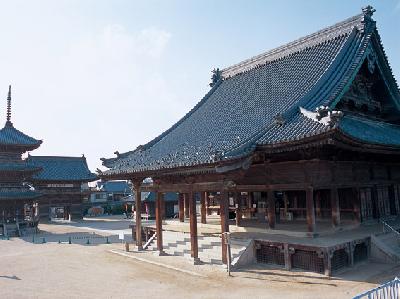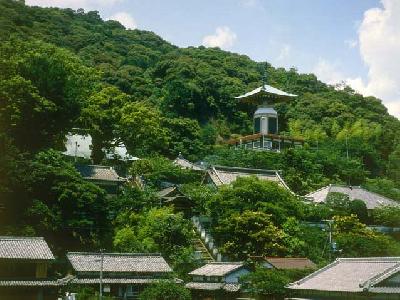|
Hokiji is a temple of the Shotoku sect and is located in Ikaruga Town, Ikoma County, Nara Prefecture. It is a world heritage site.
There are several old temples related to Prince Shotoku such as Horyuji, Horinji and Chuguji in Ikaruga. This place is a traditional Buddhist place.
The site of Hokiji was originally the Okamoto-no-miya palace, where Prince Shotoku lectured on the Lotus Sutra. In the 10th year of the Jomei period (638), Prince Shotoku's son, Yamashiro-no-oeno, changed Okamoto into a temple according to Shotoku's will.
The remains of a golden building and a tower have been found here. An additional fact is that the three-storeyed pagoda is the only remaining original building and is the oldest of its kind in Japan.
There are several old temples related to Prince Shotoku such as Horyuji, Horinji and Chuguji in Ikaruga. This place is a traditional Buddhist place.
The site of Hokiji was originally the Okamoto-no-miya palace, where Prince Shotoku lectured on the Lotus Sutra. In the 10th year of the Jomei period (638), Prince Shotoku's son, Yamashiro-no-oeno, changed Okamoto into a temple according to Shotoku's will.
The remains of a golden building and a tower have been found here. An additional fact is that the three-storeyed pagoda is the only remaining original building and is the oldest of its kind in Japan.
| [+ADDRESS] | 
|














